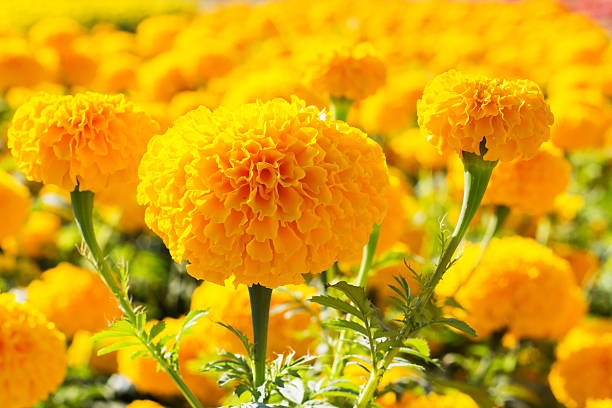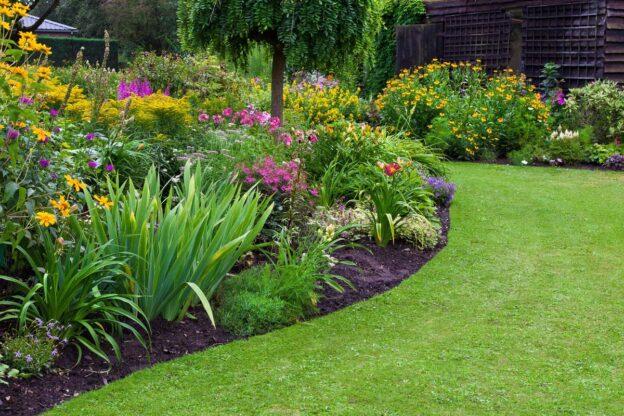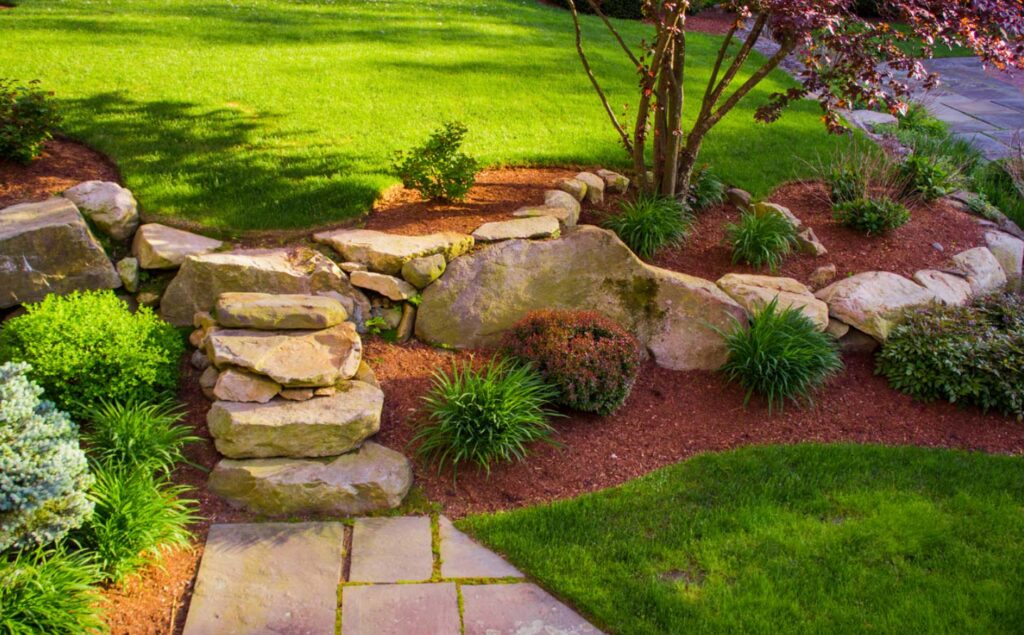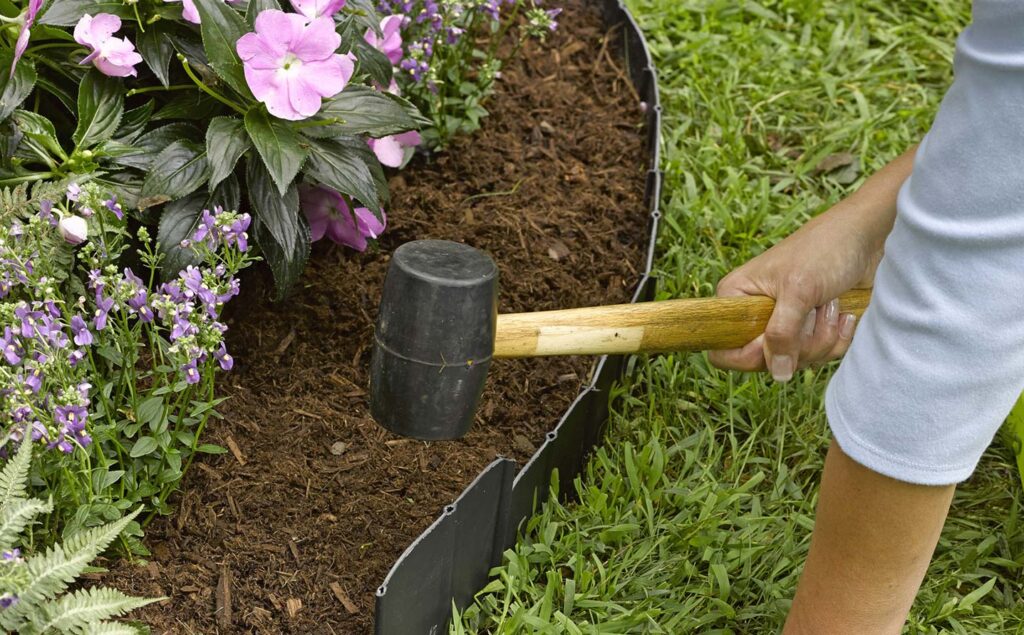What are the Benefits of Growing Marigolds in Your Garden?
Marigolds are easy to grow and they provide a lot of benefits to the garden. They are also known for their ability to repel mosquitoes.
Marigolds are easy to grow, require little care and are known for their ability to repel mosquitoes. They can also be used as a natural remedy for various other illnesses like colds, flu, and the common cold.
Marigolds are easy to grow in different types of soil and can thrive in temperatures between 60-90 degrees Fahrenheit.
What is the Best Method of Saving Marigold Seeds?
Marigold is a flower commonly used in cooking and gardening. Marigold seeds are also used to make a dye. It is important to save marigold seeds because they do not grow back easily.
There are many ways to save marigold seeds, but the best method is to freeze them. This way, you can make sure that you have enough seeds for future planting in the garden or for cooking purposes.

How to Save Marigold Seeds
Marigold is a plant that is used in cooking, as well as medicine. When the plant dies, it can be used to create marigold seeds.
There are some steps that you can take to ensure that you have enough seeds for your next harvest.
- Collecting fallen flowers or leaves from plants
- Destroying any weeds that are growing near the plants
- Sowing and watering seedlings with fresh water every day
5 Tips on How to Preserve Marigold Seeds:
- Soak the seeds in a solution of water and chopped garlic
- Spread the seeds on a paper towel and dry in the oven on low heat
- Sprinkle the seeds in a zip-lock bag with 1/2 tbsp of baking soda
- Place the seeds in a jar with water and close tightly
- Put the jar in the refrigerator
What are the Different Methods of Preserving Your Marigold Dried Flowers
Marigold dried flowers are a great way to preserve your flowers. They can be stored and used for years. There are various methods of preserving them.
Some people choose to use the freeze method, which is the quickest and most convenient. Others choose to dry their flowers in the oven or dehydrator, which takes more time but preserves them longer. Some choose to place them in jars of vinegar, which is a good option if you want to preserve your flowers longer than a few months.
There are many different methods of preserving your dried marigold flowers depending on what you want out of them and how long you want them preserved for.
Tips on How to Grow Marigold Plants from Seed
Marigolds are a flower that are known for their bright colors. They are used in cooking and as a decoration. They can be planted from seed or bought as plants. There are many types of marigold plants, but they all have the same colors and flowers.
Soil: The soil should be rich in organic matter and have some sand mixed in it to help with drainage. It should also be free of chemicals or pesticides that could harm the plant’s health. It is best to use an organic fertilizer like compost from tumbler or manure on your garden soil before planting your seeds.
Seed: You will need to purchase a packet of marigold seeds that will contain enough seeds for your entire garden, so make sure you buy enough!
How to Preserve and Store Marigold Seeds for Future Plantings or Sales?
Marigold seeds are a popular flower that is commonly used in landscaping and gardening. However, it is not always easy to preserve them for future use.
It is important to know how to store marigold seeds so that they can be used later on when they are needed. There are several ways to do this, but the most common way is by placing them in a sealed glass jar with a tight-fitting lid.
The Simple Method of Saving Marigold Seeds
Marigold seeds are easy to save, but many people do not know how. This method is a simple and effective way to save marigold seeds.
Marigold seeds are easy to save, but many people do not know how. It is a simple and effective method of saving marigold seeds. The best time to plant them is in the springtime when the weather is warm enough for germination. It’s important that you keep your marigolds in a sunny spot with good drainage so they don’t rot in the ground and make it difficult for you to plant more later on.
It’s important that you keep your marigolds in a sunny spot with good drainage so they don’t rot in the ground and make it difficult for you to plant more.




